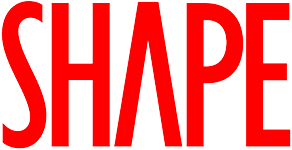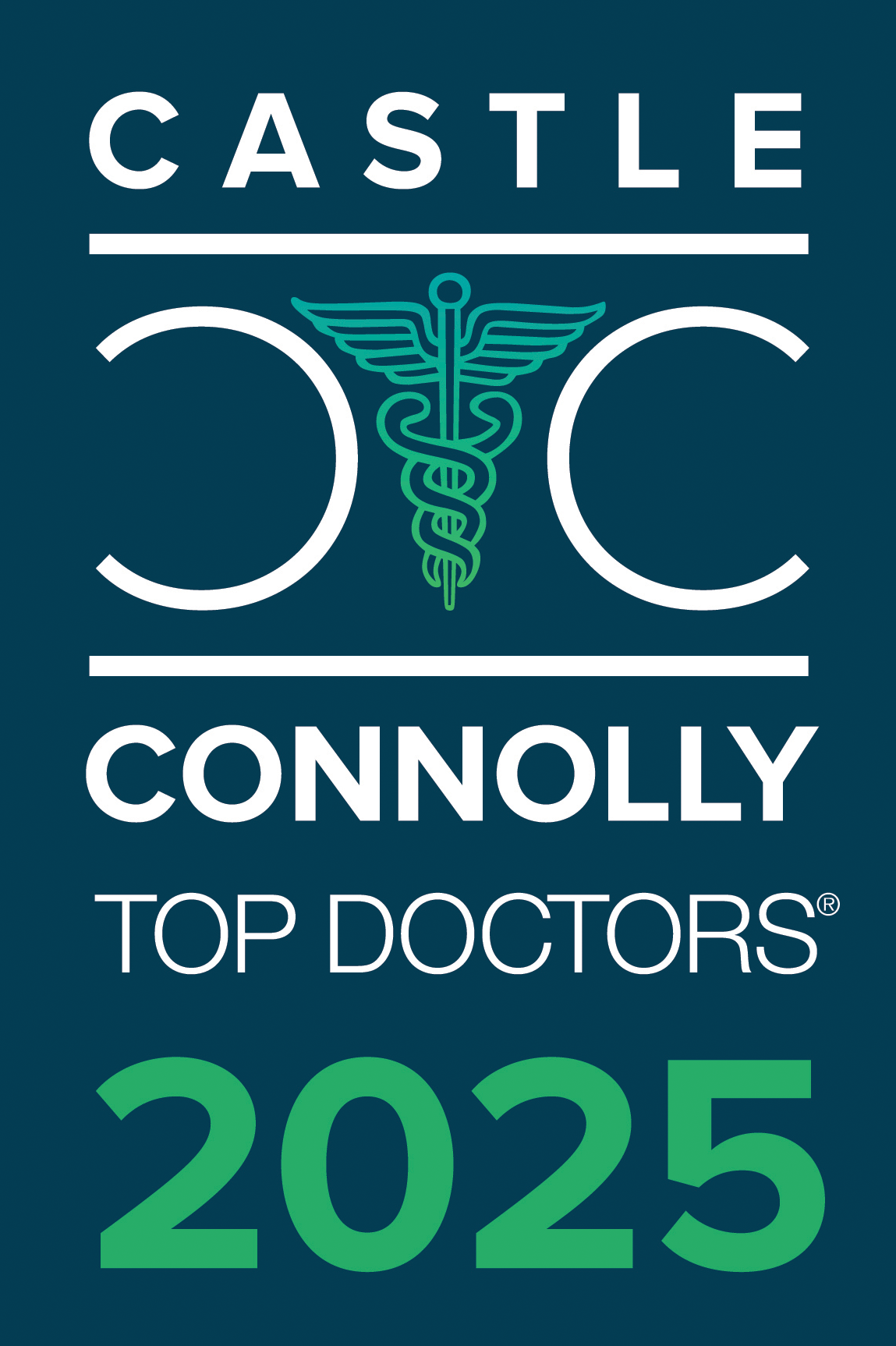What is Septum Deviation?
The septum is the thin wall or divider between the two nostrils. When the septum is centrally located, it creates two balanced nostrils that lead to the nasal passages and sinuses. If the septum is moved to one side or the other, it can create a nasal obstruction and breathing issue. This is called a septum deviation, and it may require treatment. Open Sinus offers advanced options in deviated septum treatment at our medical center in Manhattan.
Symptoms of Deviated Septum
Ideally, the nasal septum is located exactly in the center of the nose, but that is not always the case. Many people have one nostril that is slightly bigger or smaller than the other due to a mildly deviated septum. This may not cause any symptoms but a more severe septal deviation can cause breathing distress. Symptoms include:
- One-sided nasal congestion
- Snoring
- Chronic sinus infections
- Headaches and facial pain
- Difficulty breathing through the nose
- Postnasal drip
- Nose bleeds
Causes of Septal Deviation
Some people are born with a deviated septum, but it can be caused by a variety of factors. Injuries to the nose can move the septum to one side. Pressure from polyps can move the septum, blocking one nostril. There are also health conditions that can contribute to septal deviation.
Treatment Options for Deviated Septum
Dr. Greg Levitin is a highly respected ENT specialist who offers advanced options for resolving septum deviation. Whenever possible, Dr. Levitin prefers non-surgical procedures for repositioning the septum to open the nasal passages to remedy symptoms. Two of the possible treatments for deviated septum patients include the following:
Incisionless Septoplasty
Sometimes referred to as “balloon septoplasty” or “non-surgical septoplasty,” incisionless septoplasty can be performed under local anesthesia. Once the nose is numbed, a dilating balloon is placed in the nasal passage and inflated. This can shift the septal wall to resolve nasal obstruction.
Nasal Valve Procedures
For patients with a deviated septum and nasal valve collapse, VivAer® nasal remodeling and the Latera nasal implant may be used to reduce nasal obstruction. Rather than fix the cartilage, elevating and suspending the lateral nose with these procedures can prevent collapse against a deviated septum. Both are minimally invasive procedures and require little or no downtime.
If you are living with a deviated septum and want to explore treatments, contact our team at Open Sinus. We can schedule a septum deviation consultation with Dr. Levitin at our medical center in NYC.













